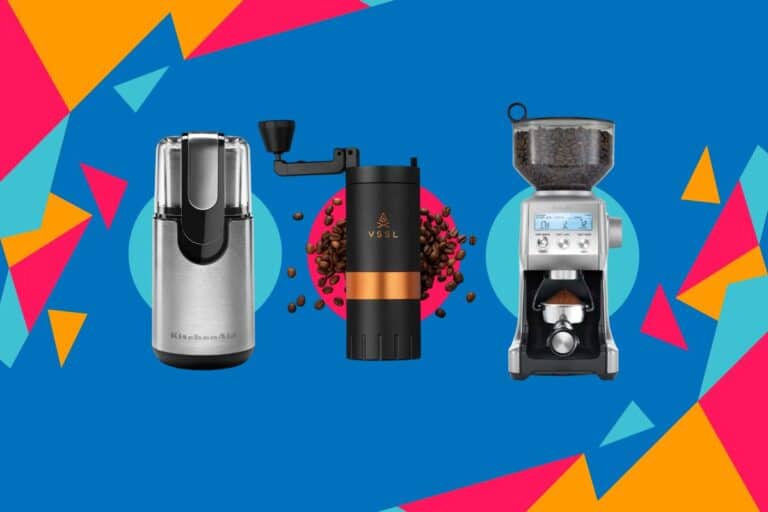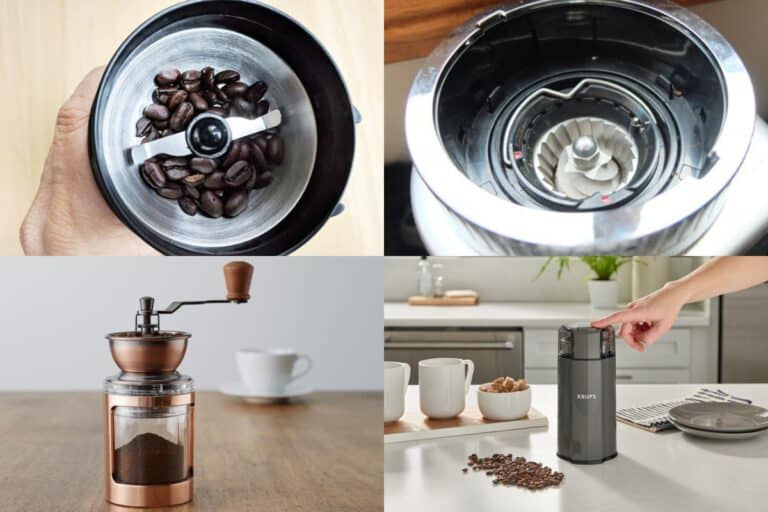Coffee is more than just your morning pick-me-up. It’s an entire world, a way of life, and a ritual that sends you on your way each day. Born in ancient Ethiopia, coffee has made its way around the globe, embedding itself in our daily routines and the traditions of millions. It’s the lifeblood of our conversations, the building block of friendships, and the heart of countless communities. Whether it’s the hustle and bustle of Seattle’s coffee shops or Rome’s cozy espresso bars, the traditional Japanese kissaten or Melbourne’s hip artisanal roasters, the coffee culture worldwide is thriving, diverse, and always on the move.
At the core of this intricate coffee tapestry is the simple coffee bean. But make no mistake, all coffee beans are not created alike. The variety of the bean, where it’s from, and how it’s handled can dramatically shift the taste and quality of your cup of coffee. Arabica and Robusta, the big two of coffee beans, each bring their unique flavor melodies to the brew. Other factors, such as the altitude of the plantation, the quality of the soil, and the meticulousness of processing and roasting, all join forces to paint a wide-ranging palette of coffee flavors and fragrances. When we appreciate these differences and subtleties in coffee beans, we deepen our relationship with and enjoyment of our favorite drink.
Understanding Coffee Beans

Coffee beans are actually the seeds of the coffee plant, tucked inside the plant’s cherry-like fruit. When the fruit hits the peak of ripeness, it’s gathered up either by hand or machine, after which the beans are taken out, left to ferment, and then dried. Post-drying, the beans enter the roasting process, where they’re heated to just the right temperatures to wake up those delightful coffee flavors.
Raising coffee is a game of environmental precision. Coffee plants love the tropics along the Equator, in a band playfully called the “Bean Belt.” This belt stretches from the heart of the Americas through Africa and on to the Asia-Pacific area. Coffee plants are fans of a steady climate with temperatures nestled between 60-70 degrees Fahrenheit (15-24 degrees Celsius), and a yearly rainfall of roughly 60-100 inches.
Several factors contribute to the final taste of coffee beans, including the climate, soil, and altitude at which the coffee plants are grown.
- Climate: The weather patterns, rainfall, temperature, and amount of sunshine all influence the growth of the coffee plant and the development of the beans. For instance, coffee beans grown in regions with a lot of rainfall and high humidity often have a lighter, more acidic flavor.
- Soil: The minerals and nutrients found in the soil in which the coffee plant grows can significantly affect the flavor of the coffee. For example, volcanic soils like those found in Colombia or Hawaii can impart a rich, full-bodied flavor to the coffee.
- Altitude: The altitude at which coffee is grown impacts its taste as well. Beans grown at higher altitudes, where temperatures drop significantly at night, tend to mature more slowly. This leads to a denser bean and a more nuanced flavor profile with higher acidity and floral or fruit-like notes. Lower altitude coffees, on the other hand, tend to have a more direct, robust flavor.
Arabica vs Robusta: The Two Main Types of Coffee Beans
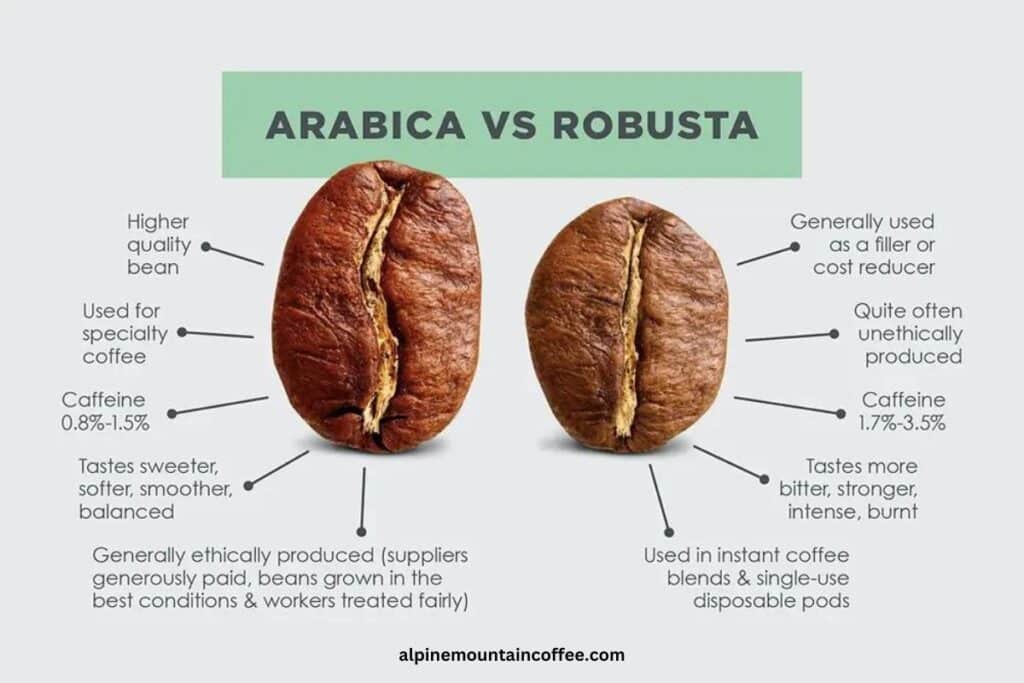
Arabica coffee beans
Arabica coffee beans are the most commonly consumed type of coffee beans. They make up about 60% of the world’s coffee production. They are known for their smooth, delicate flavors and lower caffeine content. Originating from the southwestern highlands of Ethiopia, Arabica beans require high altitude, rich soil, and ample rainfall to grow.
The flavor profile of Arabica beans can vary widely depending on the specific region where they are grown. But in general, they are described as having a sweet, soft taste, with notes of sugar, fruit, and berries. Their acidity is higher, with wine-like characteristics, and they often have a pleasant aftertaste that lingers.
Robusta coffee beans
Robusta coffee beans are the second most popular coffee beans worldwide. They account for about 40% of global coffee production. These beans are more resilient and easier to cultivate than Arabica beans, as they can grow at lower altitudes and resist diseases better.
Robusta beans generally have a stronger, harsher taste, with a grain-like overtone and peanutty aftertaste. They contain almost twice the amount of caffeine compared to Arabica beans, which gives them a bitter and somewhat rubbery taste. Despite this, well-grown and carefully processed Robusta can yield a deep, robust flavor with hints of chocolate.
Comparative analysis of Arabica and Robusta
While Arabica and Robusta are the two primary types of coffee beans, they have significant differences that influence their taste and cost:
- Flavor: Arabica beans have a wide range of taste profiles. They are described as having a sweeter, softer taste, with higher acidity. Robusta beans, on the other hand, have a strong, harsh taste, with a peanutty aftertaste.
- Caffeine Content: Robusta beans contain nearly twice as much caffeine as Arabica beans. While this makes them more bitter, it also makes them more resistant to pests and diseases.
- Price: Arabica beans are generally more expensive due to their more complex flavors and the fact that they are more difficult to grow. In contrast, the hardier Robusta beans are often cheaper, but their flavor is considered less sophisticated.
- Growing Conditions: Arabica beans require specific conditions to grow well, including high altitude, ample rainfall, and a steady climate. Robusta beans are more resilient and can grow in a wider range of conditions.
In the end, the preference between Arabica and Robusta will depend on personal taste. Some may prefer the soft and nuanced flavors of Arabica, while others might favor the strong, robust taste of Robusta. It’s also common for these two types to be blended together, offering a balance of flavor, strength, and cost.
Top Coffee Bean Origins

Colombian coffee beans
Colombia is one of the largest coffee producers globally. They are particularly known for its high-quality Arabica beans. Colombian coffee is renowned for its smooth, mild flavor, balanced body and acidity, and the nutty overtone with a hint of fruit. It’s grown in several regions of the country, with the most recognized beans coming from Medellin, Armenia, and Manizales (often collectively referred to as MAM), each offering subtle differences in flavor due to their distinct microclimates.
Ethiopian coffee beans
Ethiopia, the birthplace of coffee, offers a diverse range of coffee beans with complex flavor profiles. Both Arabica and Robusta beans are grown here. Ethiopian coffees are often characterized by their wine-like acidity and bright, fruity, and floral flavors. In particular, beans from the Yirgacheffe region are highly sought after for their intense floral and citrusy notes, while Sidamo beans offer a balanced profile with spicy and citrusy undertones.
Brazilian coffee beans
As the largest coffee producer in the world, Brazil offers a wide variety of beans. The country’s large size and varying climate result in beans with diverse flavor profiles. However, Brazilian coffee is generally known for its low acidity, medium-bodied, and a distinctive nutty, chocolatey flavor. Brazilian beans are often used as a base in espresso blends due to their ability to produce a good crema.
Jamaican Blue Mountain coffee beans
Jamaican Blue Mountain coffee is one of the most expensive and sought-after coffee varieties in the world. Grown at high altitudes in the Blue Mountains of Jamaica, this coffee is known for its mild flavor, smooth body, bright acidity, and a distinctive clean taste with notes of nuts, chocolate, and mild fruitiness. It is often described as having an exceptional balance of flavor, body, and acidity.
Costa Rican coffee beans
Costa Rica, despite its small size, is a notable coffee-producing country. Costa Rican coffee, primarily Arabica, is celebrated for its high quality, characterized by its medium body, sharp acidity, and robust flavors. The beans often have fruity and citrusy notes with undertones of nuts and chocolate. Costa Rican coffee beans from the Tarrazu region are particularly esteemed for their bright acidity and complex flavors.
Yemeni coffee beans
Yemen has a rich history of coffee cultivation, dating back to the 15th century. Yemeni coffee, grown on ancient terraces in the country’s highlands, is distinctly flavorful with a winey acidity, full body, and unique mocha flavor, which inspired the term “mocha” coffee. The beans are typically processed using a traditional dry or “natural” method, giving them a distinctive, complex, and exotic flavor profile.
Specialty Coffee Beans
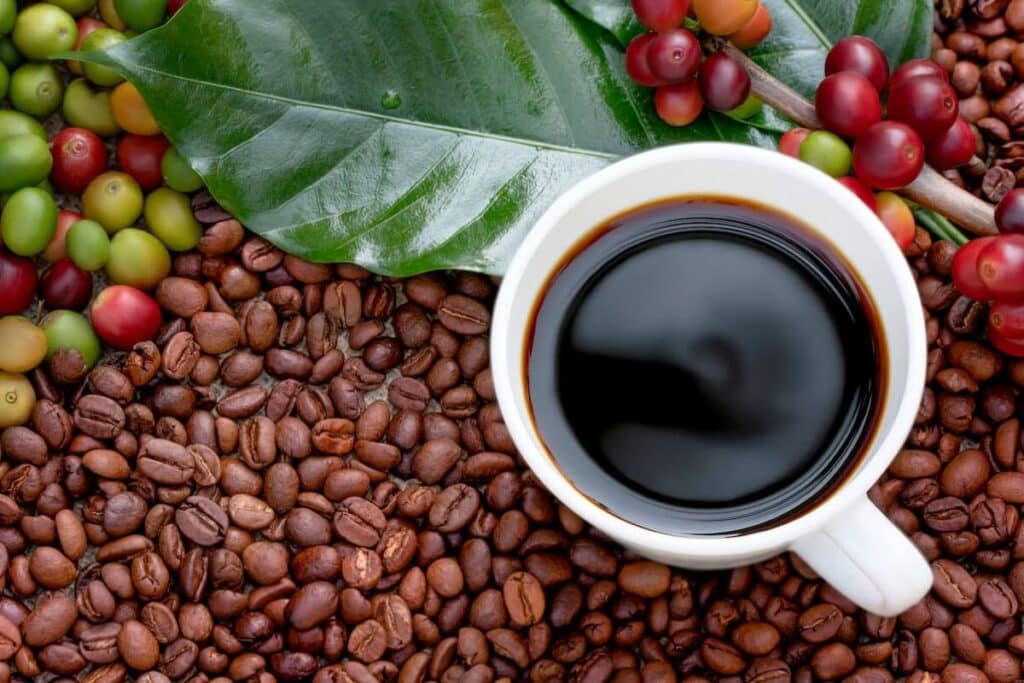
Kopi Luwak Coffee
Kopi Luwak, also known as civet coffee, is one of the most expensive coffees in the world. Kopi Luwak is produced mainly in Indonesia. Its unique production process involves the Asian palm civet, a small mammal that consumes coffee cherries. The beans are then collected from the animal’s droppings, thoroughly cleaned, and processed. The fermentation process that occurs in the civet’s digestive tract is believed to give the coffee its unique flavor. Its flavors is characterized by a smooth, mellow body with low acidity and complex flavors. However, the production of Kopi Luwak has sparked controversy due to ethical concerns regarding the treatment of civets, leading to calls for more humane and sustainable farming practices.
St. Helena Coffee (Napoleon Bonaparte’s favorite)
St. Helena Coffee is a unique and luxurious coffee grown on the remote island of St. Helena in the South Atlantic. This coffee is reputed to be Napoleon Bonaparte’s favorite. It has a distinctive wine-like character with fruity, floral, and spicy notes. Due to the island’s isolated location and the labor-intensive cultivation process, St. Helena Coffee is rare and costly, but its unique, exquisite flavor profile is highly prized among coffee enthusiasts.
Hawaiian Kona Coffee
Hawaiian Kona Coffee is grown on the slopes of Mauna Loa in Hawaii’s Kona district. It is highly regarded for its superior quality and distinct taste. Kona coffee is characterized by a medium body, bright acidity, and flavor notes of milk chocolate, nuts, and tropical fruit. The combination of rich volcanic soil, high altitude, and a favorable climate contribute to its unique taste. Due to the limited production area and high demand, Kona coffee is one of the most expensive coffees in the world.
Panamanian Geisha
Panamanian Geisha, also known as Gesha, is a variety of Arabica coffee originally from Ethiopia. Found mainly in the highlands of Panama, it’s considered one of the most prestigious and expensive coffees globally due to its extremely delicate flavor profile and the care taken in its cultivation and processing. Geisha coffee is renowned for its light body, vibrant acidity, and a unique flavor profile. They can range from jasmine, tropical fruit, and bergamot to tea-like and honey sweetness. Its rarity, combined with the high quality, contributes to its high price.
Choosing the Best Coffee Beans
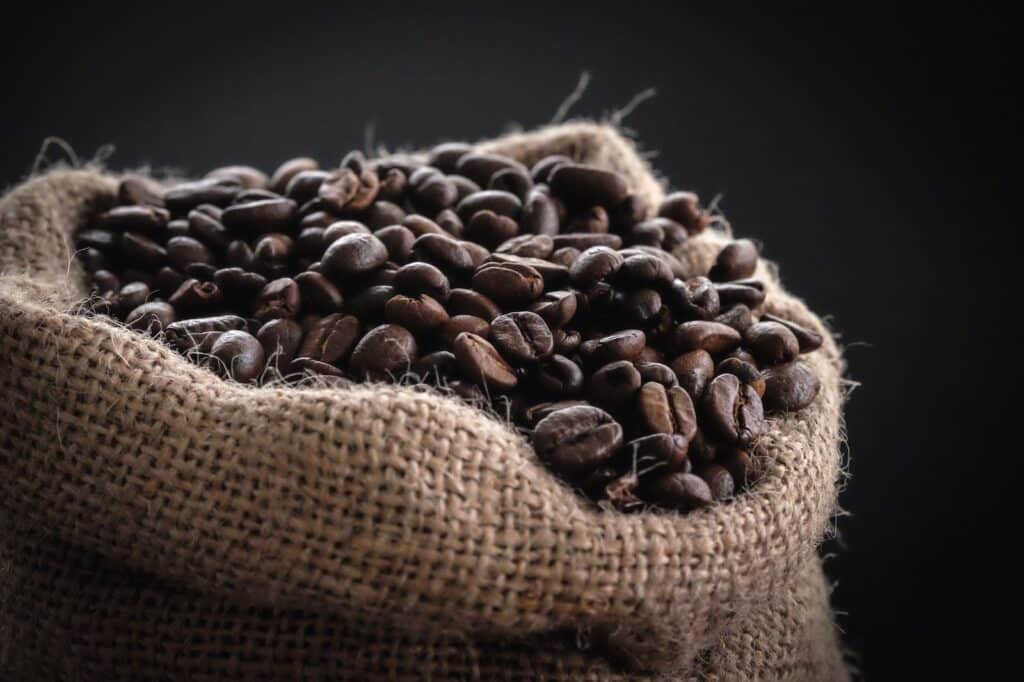
Choosing the best coffee beans ultimately comes down to personal preference. Different people obviously have different tastes. However, there are a few key criteria to consider when evaluating coffee beans:
- Flavor: This refers to the taste that remains in your mouth after the coffee is swallowed. It can range from sweet, bitter, spicy, or fruity, depending on the beans and roast level.
- Aroma: The smell of coffee can greatly influence its taste. A good coffee aroma can be described as nutty, fruity, chocolaty, or floral, among others.
- Body: This refers to the texture or heaviness of the coffee in your mouth. It can be categorized as light, medium, or full-bodied.
- Acidity: This doesn’t refer to the pH level of coffee but rather to the sharp and bright qualities. Coffees grown at high altitudes and light roasts typically have higher acidity.
Identifying high-quality coffee beans involves understanding their origin, type, roast date, and packaging:
- Origin: High-quality beans are often sourced from specific regions or estates and not mixed with beans from elsewhere. The origin can significantly affect the flavor of the coffee due to regional soil, climate, and harvesting methods.
- Type: Arabica beans are generally considered higher quality than Robusta due to their sophisticated flavor profile. However, this doesn’t mean that all Arabica beans are high quality or that all Robusta beans are poor quality.
- Roast Date: Unlike wine, coffee doesn’t get better with age. Freshly roasted beans will produce the best flavor. Ideally, coffee should be consumed within a month of its roast date.
- Packaging: Quality beans are usually packed in bags with a one-way valve, which allows the naturally produced gases to escape without letting air in, keeping the beans fresher.
Understanding these characteristics can help you identify high-quality beans and choose the ones that will provide you with the taste profile you prefer.
Brewing the Perfect Cup of Coffee

Best brewing methods for top-quality coffee beans
The brewing method can significantly impact the taste of your coffee. Here are a few of the most popular brewing methods:
- French Press: This method allows for full immersion of the coffee grounds and is great for darker roasts. It produces a full-bodied, robust flavor.
- Pour Over/Drip: This method involves pouring hot water over coffee grounds in a filter. It’s excellent for bringing out the subtle flavors and aromas in lighter roast beans.
- Espresso: This method uses high pressure to force hot water through finely ground coffee. It’s best suited for medium to dark roasts. Espresso is used as the base for many coffee drinks like lattes, cappuccinos, and macchiatos.
- Cold Brew: In this method, coffee grounds are steeped in cold water for an extended period (usually 12-24 hours). This method reduces the acidity of the coffee, resulting in a smooth and sweet brew.
Tips for storing coffee beans to maintain their quality
Proper storage of coffee beans is crucial to maintain their freshness and flavor. Here are a few tips:
- Airtight Container: Store coffee beans in an airtight container to protect them from exposure to oxygen, which can speed up the deterioration process.
- Cool, Dark Place: Keep your coffee beans in a cool, dark place. Avoid direct sunlight and any heat source as they can cause the beans to go stale faster.
- Avoid Refrigeration: Contrary to popular belief, the fridge isn’t the best place to store coffee. The beans can absorb smells from other foods and the moisture can affect their quality.
- Buy Whole Beans: If possible, buy whole bean coffee and grind it yourself just before brewing. Pre-ground coffee tends to lose its flavor much faster.
By understanding these brewing methods and storage tips, you can get the most out of your high-quality coffee beans and enjoy a perfect cup of coffee every time.
Conclusion
In this article, we’ve taken a coffee-laden journey around the world. We’ve discovered some of the finest beans the world has to offer. We’ve pondered the differences between the giants of the coffee world, Arabica and Robusta. We’ve traveled through coffee-rich regions, from Colombia, Ethiopia, and Brazil to Jamaica, Costa Rica, and Yemen. We’ve even tasted some specialty brews like Kopi Luwak, St. Helena Coffee, Hawaiian Kona Coffee, and Panamanian Geisha. We’ve shared tips for selecting the crème de la crème of beans and brewing the perfect coffee.
But remember, the world’s best coffee beans are a personal choice and can vary from person to person. The beauty of coffee lies in its wide-ranging and intricate flavor profiles. So, whether you’re a bona fide coffee expert or a casual sipper, we invite you to continue your coffee bean exploration. You never know, you might stumble upon new flavors and experiences that you’ve never had before. Each cup of coffee whispers a tale of its origin, and the journey from plantation to your cup is an adventure worth savoring.


